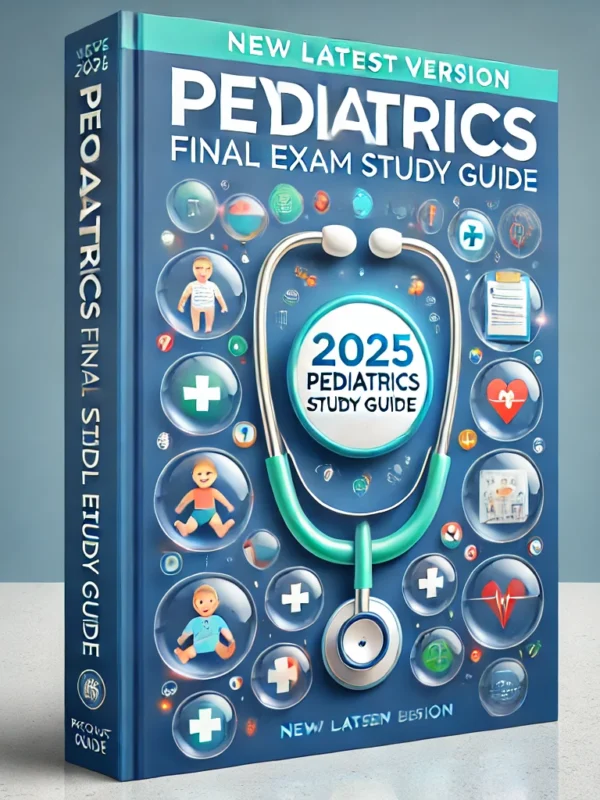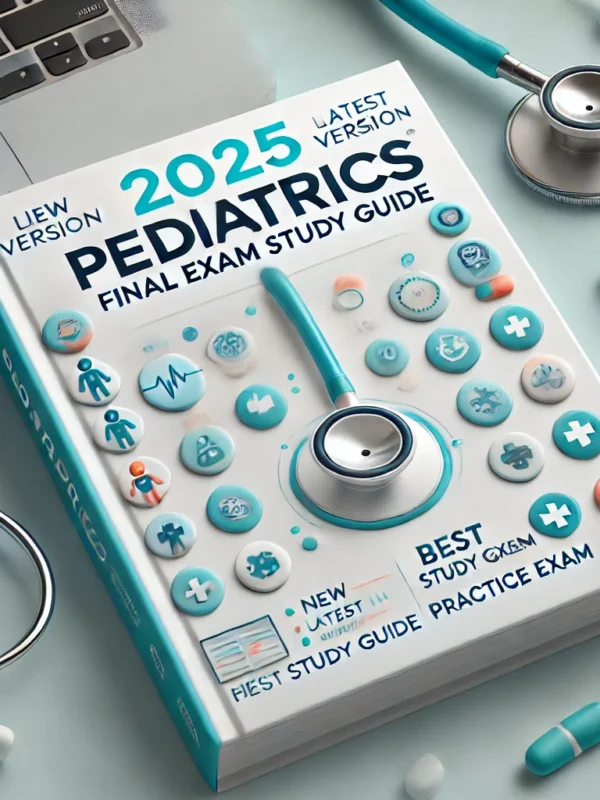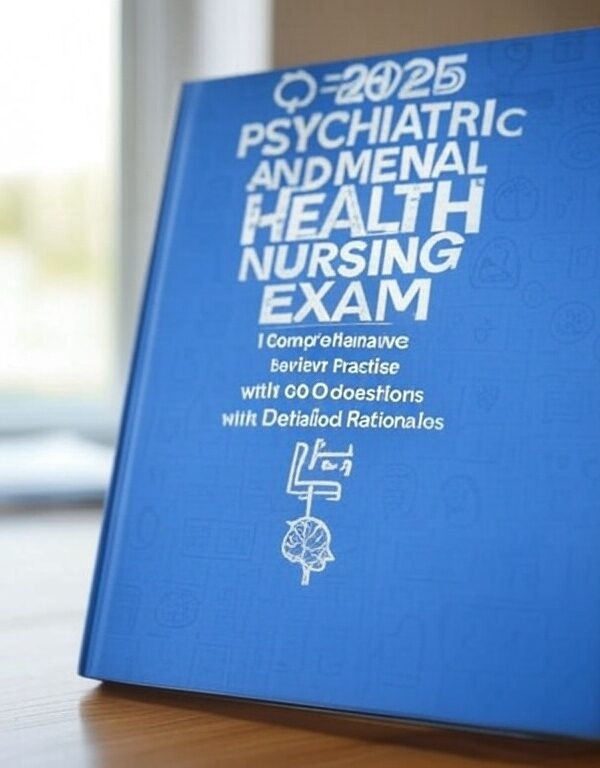-
All-in-one prep guide for HESI Physical Assessment 2025
-
Realistic practice questions for nursing students
-
Focuses on physical assessment skills
-
Enhances understanding and exam confidence
-
Perfect for HESI exam preparation
Preview
1. Which patient should the nurse assess first?
a. The patient whose respiratory rate is 26 breaths per minute and whose trachea deviates
to the right
b. The patient who has pleuritic chest pain, bilateral crackles, a productive cough of yellow
sputum, and fever
c. The patient who is short of breath, using pursed-lip breathing, and in a tripod position
d. The patient whose respiratory rate is 20 breaths/min, and has 8-word dyspnea and
expiratory wheezes
✅ Correct Answer: a
Rationale: This patient has signs of a tension pneumothorax, a medical emergency. Tracheal
deviation is a critical sign of high intrathoracic pressure causing mediastinal shift. Immediate
attention is required.
2. In reviewing the patient’s record, the nurse notes air in the subcutaneous tissue. What
validates crepitus?
a. Asymmetric expansion of the chest wall on inhalation
b. Increased transmission of vocal vibrations on auscultation
c. Crackling sensation under the skin of the chest on palpation
d. Coarse grating sounds heard over the mediastinum on inspiration ✅ Correct Answer: c
Rationale: Crepitus is identified by a crackling sensation on palpation due to air trapped in
subcutaneous tissue. It does not produce audible sounds.
3. Which vocal resonance finding helps eliminate lung consolidation as a problem?
a. Nurse hears patient say “99” clearly
b. Nurse hears muffled “1-2-3”
c. No sounds heard when patient says “e-e-e”
d. Nurse hears patient say “a-a-a” clearly ✅ Correct Answer: b
Rationale: Muffled vocal sounds (like “1-2-3”) indicate normal lung tissue, whereas clear
transmission suggests consolidation such as pneumonia.
4. A nurse examines a patient with pleural effusion and finds decreased fremitus. What
additional abnormal finding is expected? a. Increase in anteroposterior to lateral ratio
b. Hyperresonance over affected area
c. Absent breath sounds in the affected area
d. Increased vocal fremitus over the affected area ✅ Correct Answer: c
Rationale: Pleural effusion impairs sound transmission and fremitus, leading to absent or
decreased breath sounds in the affected area.












Reviews
There are no reviews yet.